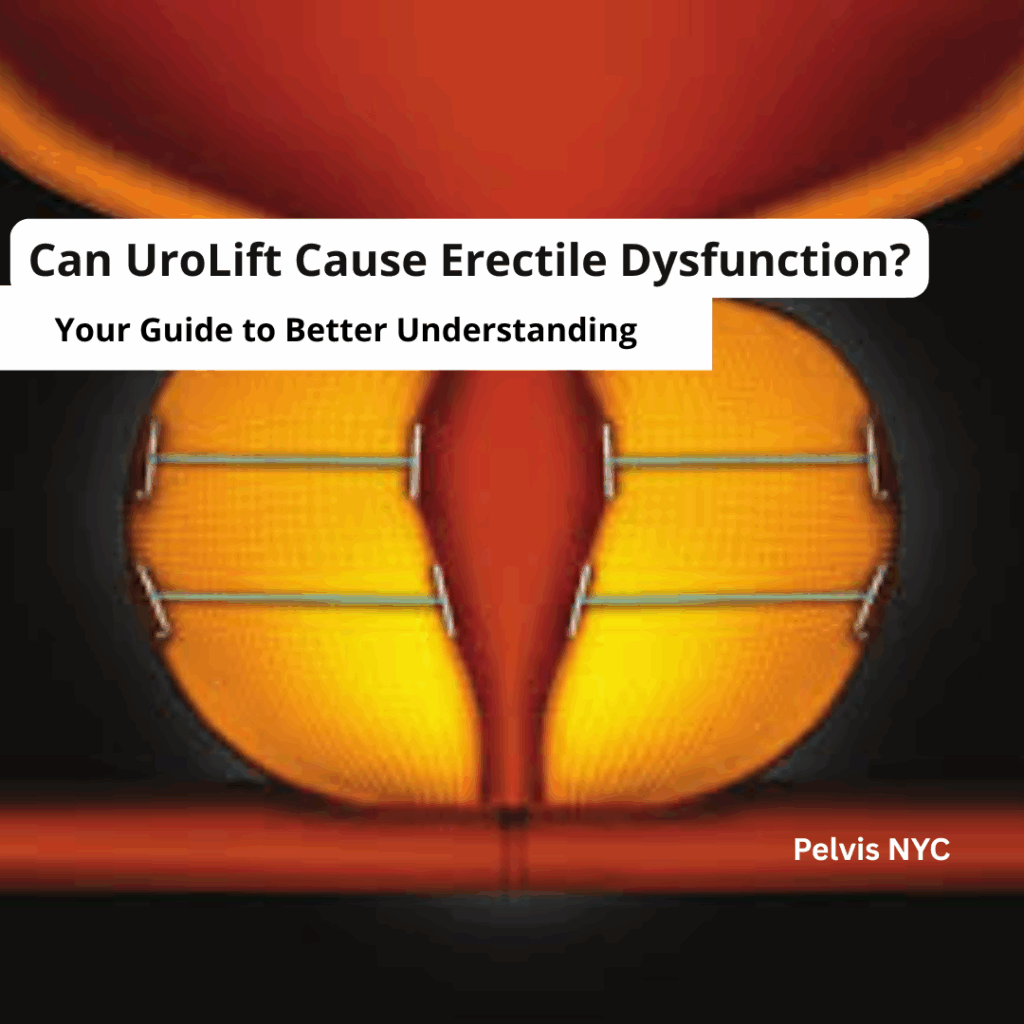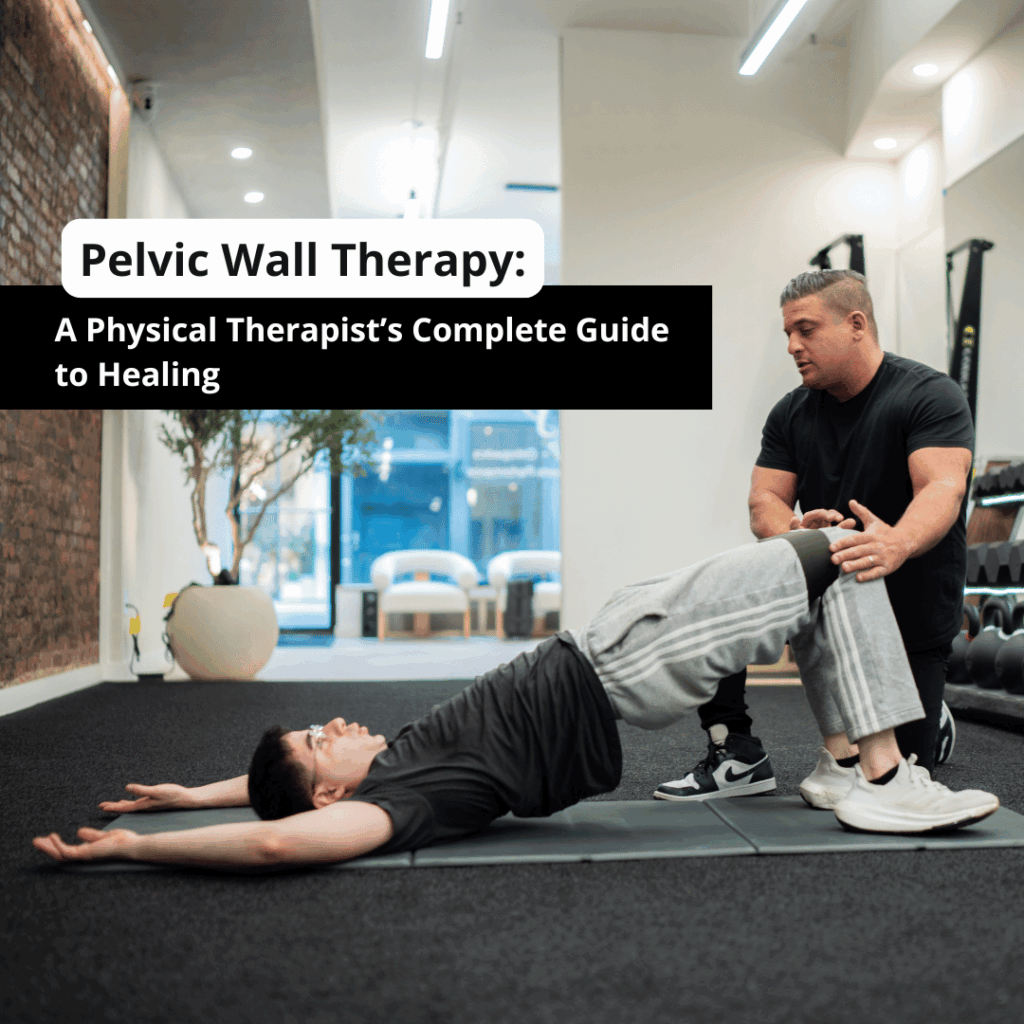Almost everyone’s back hurts. Particularly those who spend a lot of time sitting on chairs, lifting heavy things on the job, or are overweight. The cause is usually a sedentary lifestyle. Regardless of the cause, physical therapy can help heal your lower back pain fast by pinpointing the problem and designing a stretch and exercise program to ease the pain.
Definition
Low back pain can result from many different injuries, conditions, or diseases. Most often, it is an injury to muscles or tendons in the back.
A person can suffer from mild to severe pain. Sometimes, pain makes it impossible to walk, sleep, work, or perform daily tasks.
In most cases, lower back pain can be treated with rest, pain medication, and physical therapy. During physical therapy sessions, they use hands-on treatment (such as osteopathic manipulation or chiropractic manipulation) to heal your lower back pain fast.
What Causes Lower Back Pain?
Back pain is due to one thing: activity. Pain is either caused by a certain activity or by a general lack of activity. This leaves your back unable to handle the daily demands. Fortunately, you don’t have to worry because these causes can heal fast with physical therapy. These are:
- Sprains and strains – This is the most common cause of acute lower back pain. It can happen when you twist or lift something incorrectly, pick up a heavy object, or overextend your reach and you strain a muscle and tear a tendon, resulting in a sprain.
- Sciatica – A sharp lower back pain that radiates down your legs and butts is caused by compression of the sciatic nerve. Herniated or ruptured discs are common causes of sciatica.
- A herniated or ruptured disc – An accident, fall, or sports injury can cause damage to your spine. The pain begins immediately after the injury. There may also be tingling or numbness in your legs.
Lower Back Pain Exercises You Can Do
Performing Neck and Shoulder Stretches
Basic neck stretches can be done anywhere, such as at home, at work, or even while driving, throughout the day. These include:
- Stretch from the chin to the chest. Bring the chin towards the chest and bend the head forward until you feel a stretch in the back of your neck.
- Lateral Flexion Stretch from Ear to Shoulder. Stretch out the side of the neck as if you were touching your ear to your shoulder. Try to keep the shoulders relaxed and the back in a healthy position.
- Stretch the levator scapula. Place one arm against a wall or door jamb with the elbow slightly above the shoulder, then turn the head in the opposite direction. Stretch the back of the neck by bringing the chin down toward the collarbone. It may be helpful to pull the head gently forward with the other hand to hold the stretch.
- Do a corner stretch. Face the corner of a room and place your forearms on each wall with your elbows at shoulder height. Lean forward until you feel a stretch under your collarbone.
There are some stretches to avoid such as neck circles and quickly bending the neck forward and backward or side to side. Performing these stretches can strain muscles or place additional stress on the cervical spine.
Low back pain stretches
- Stretches for back flexion. Lie on your back and pull your knees to your chest while flexing the head forward until you feel a stretch in the mid and low back.
- The Knee-To-Chest Stretch. Lay on your back with your knees bent and both heels on the floor. Place your hands behind one knee and pull it toward your chest, stretching the gluteus and piriformis muscles in the buttocks.
- The kneeling lunge stretches. Starting on both knees, move one leg forward, keeping your weight evenly distributed across both hips (rather than on one side). Put both hands on the top of the thigh, and gently lean your body forward to feel a stretch in the front of the other leg. Stretching the hip flexors stretches the muscles that attach to the pelvis and can impact posture if too tight.
- The piriformis muscle stretches. Lie on your back with your knees bent and your heels on the ground. Place one leg over the other, resting the ankle on the bent knee, and pull the bottom knee toward the chest until you feel a stretch in the buttock. Alternatively, lying on the floor, cross one leg over the other and pull it forward over the knee, keeping the other leg flat.
These are representative examples of commonly prescribed types of stretches. The majority of stretches can be modified to fit the individual’s level of flexibility and pain and can be made easier by using a wall, door jamb, or chair for added stability. But take note that if you’ve done these steps correctly, it can surely help heal your lower back pain fast.
Physiotherapy for Lower Back Pain
Physical therapy and exercise are considered part of the treatment of most back pain patients, regardless of whether they are undergoing non-surgical or surgical treatment. The reason for this is that patients with lower back pain heal fast with physical therapy.
Physical therapy aims to decrease back pain, increase function, and teach the patient how to prevent further back problems. Because of this, most patients with low back pain get referrals for physical therapy for four weeks as an initial conservative (nonsurgical) treatment option.
Our team at Pelvis.NYC knows that not all back pain is the same. Despite proper stretching and strengthening your core, you may still experience pain for weeks. The good news is that you don’t have to wait until your pain becomes unbearable or chronic. Our experts can quickly pinpoint your pain and design a stretches and exercise program that targets specific muscles to alleviate your pain. You’ll also work with a professional to ensure you perform each lower back stretch correctly.
Don’t wait for a few more days to treat your lower back pain. We can help you now to get back on your feet and back to work faster. For more questions or inquiries, you may visit our website www.pelvis.nyc, and have your FREE 15-minute teleconsultation.




No comment yet, add your voice below!